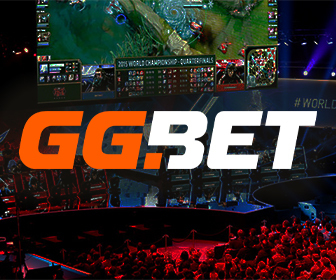Competitive gaming and traditional sport share more than just the pursuit of victory. Over the past decade, esports has borrowed ideas from established leagues, from team branding and coaching to data analytics and fan engagement. The result is a digital competition scene that feels increasingly familiar to anyone who follows football, rugby, or Formula 1. Yet as esports adopts the rituals and business models of real-world sport, it also faces questions about authenticity, pacing, and how far this imitation should go.
Shared Structures and Strategies
At first glance, esports and sport seem worlds apart: one played in stadiums, the other on screens. But structurally, the similarities are clear. Competitive calendars, international tournaments, and player contracts all echo professional leagues. Even betting markets have evolved in similar ways, with sports betting outside Gamstop platforms now covering both traditional matches and major esports events. These sites attract fans through variety and flexible engagement, offering familiar betting formats in a newer digital context, which is proof that audience behaviour crosses easily between physical and virtual arenas.
Coaching, Analytics, and Performance Science
Sports science has long shaped physical performance, and its principles now influence digital play. Esports teams employ analysts to track reaction times, communication patterns, and decision-making under pressure. Many have fitness coaches and psychologists, recognising that reflexes, focus, and endurance are affected by the same human limits faced by athletes. Data dashboards mirror those used in football training, measuring accuracy, fatigue, and timing, while video reviews allow players to study every mistake like a team watching match footage. This blend of science and software has turned esports into a discipline that values preparation as much as talent.
Fan Engagement and Presentation
Borrowing from broadcast sport has also changed how esports looks and feels. Camera angles, commentary booths, and post-match interviews are now modelled on TV coverage. Branded leagues mimic the energy of weekend fixtures, complete with intros, replays, and pundit desks. Social media deepens this connection, giving fans access to behind-the-scenes footage, player reactions, and live statistics in real time. These production values don’t just add polish. They create continuity and identity, making esports easier to follow for audiences raised on Premier League or Formula 1 broadcasts.
The Rise of Team Identity
Traditional sports thrive on loyalty, and esports has embraced the same logic. Teams now have regional bases, distinctive colours, and long-term rosters that outlive individual tournaments. Merchandise sales and sponsorship deals reflect that shift. Supporters identify with brands rather than single players, giving stability to a scene that once revolved around short-term line-ups. This evolution helps esports escape the image of being transient or purely digital. Now, it’s becoming a community-driven ecosystem with roots, traditions, and rivalries of its own.
Challenges of Adaptation
Still, not every borrowed idea fits perfectly. The speed of digital competition can clash with the slower, seasonal rhythm of sport. Games update constantly, and new titles emerge before old ones mature. While physical sports rely on consistency (the same pitch, rules, and ball), esports compete on shifting software. That volatility makes it difficult to establish legacies or record books in the traditional sense. Maintaining credibility means balancing innovation with continuity, so that fans can invest emotionally without losing track of what they’re watching.
A Shared Future
The relationship between esports and sport is no longer about imitation but integration. Football clubs sign professional gamers, universities run esports degrees, and global tournaments share arenas once reserved for physical games. The borrowing now flows both ways: traditional sports learn digital engagement from esports, while esports borrows the structures that keep leagues thriving for generations. In the end, both worlds rely on the same principles: skill, strategy, community, and the enduring desire to compete. The formats may differ, but the spirit of sport remains unmistakably the same.

